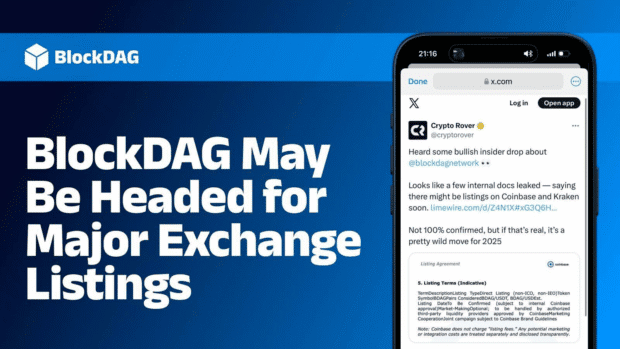
- Exchanges adopting Lightning transform Bitcoin metrics.
- Shifts traditional public capacity findings.
- Increases efficiency, changes industry dynamics.
Bitcoin’s Lightning Network, now harnessed by major exchanges like Coinbase and Binance, is altering how adoption is measured by focusing transactions in private channels. This evolution reduces reliance on public capacity metrics, enhancing off-chain efficiency.
Major cryptocurrency exchanges, including Coinbase and Binance, are integrating Bitcoin’s Lightning Network, altering usage statistics by shifting from public to private channels. This change impacts the perceived strength and adoption metrics within the broader cryptocurrency market.
Major exchanges’ use of private Lightning channels obscures traditional public metrics, revolutionizing adoption assessment and impacting market perception.
The Bitcoin Lightning Network is undergoing significant changes as major exchanges like Coinbase, OKX, and Kraken adopt its infrastructure. By integrating Lightning payment rails, these exchanges are shifting volumes off-chain into mostly private channels. Subsequently, traditional metrics such as public capacity are becoming less relevant in assessing adoption and usage data.
This private and exchange-dominated approach involves infrastructure teams like Lightning Labs and Breez, and major exchanges, causing the real-world usage of the Lightning Network to concentrate in more capable, fewer routes. Public channel capacity has declined from past highs, despite an increase in actual throughput.
“The Lightning Network’s real value for exchanges is in reducing transaction fees and accelerating settlements. It’s a necessity for staying competitive in digital finance” — Sergej Kotliar, CEO, Bitrefill.
Market dynamics reflect the shift towards private transactions, leading to cost savings for exchanges through reduced transaction fees and improved operational efficiency. This has estimated multi-million dollar impacts annually, propelling Lightning’s value as a competitive tool in digital finance.
Historical reliance on public channel growth as an adoption metric now appears outdated due to these shifts. Analysts note that though public capacity metrics show declines, off-chain and private channels continue to drive usage unseen in traditional tracking methods.
While financial implications include enhanced exchange savings, broader implications involve changes in how Bitcoin’s market performance is evaluated. Public metrics no longer fully capture real-time market activities, significantly affecting public perception and exchange strategies.
Off-chain and private channel activity may result in regulatory debates focusing on transparency and compliance standards. Data indicates a sustained shift towards private, cost-efficient transaction processing that could redefine the technological landscape.











